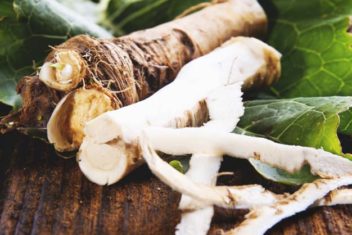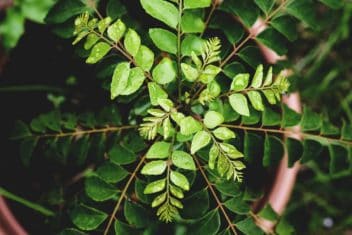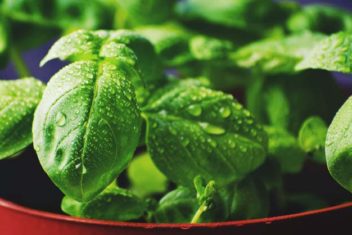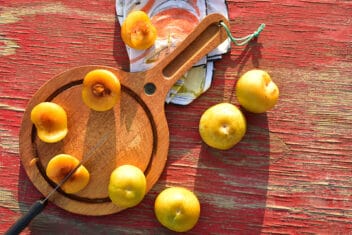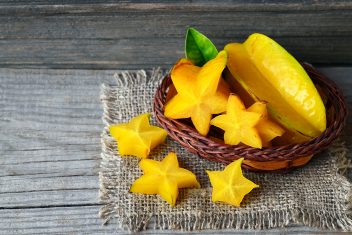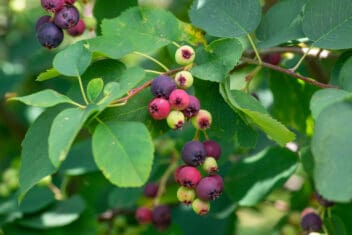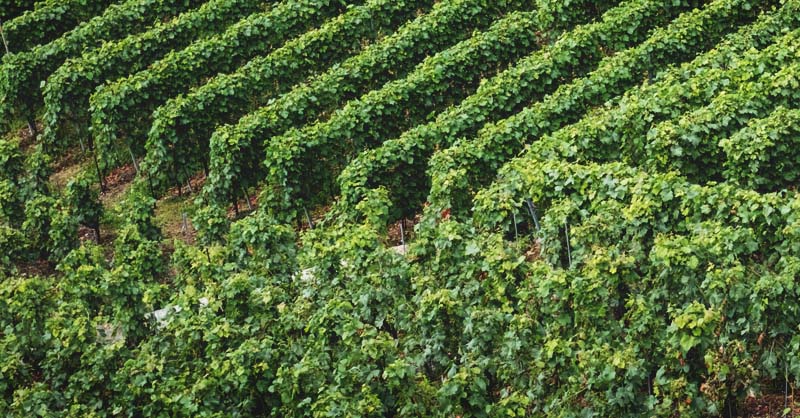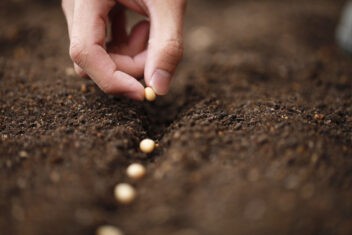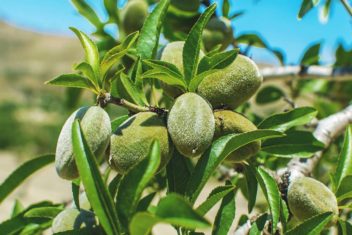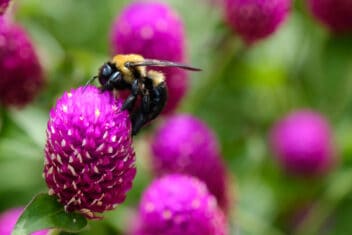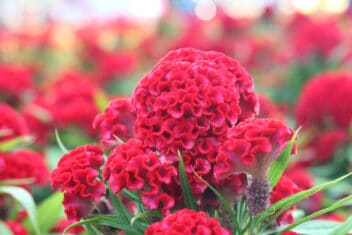Horsetail is one of the most low-maintenance plants out there. In addition to providing visual interest and texture to your property, it also helps to build soil health, and has numerous household and medicinal properties. Read on to learn how to cultivate this fabulous plant, and how to use it in and around the house!
What is Horsetail?
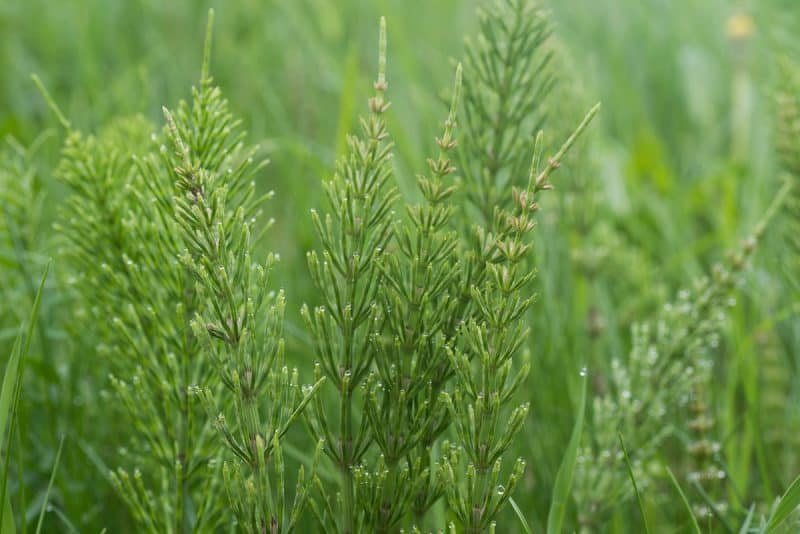
Members of the horsetail family (Equisetum spp.) are some of the oldest plants on the planet. They first appeared around the Paleozoic era, which means that they’ve been around for about 260 million years. It got its Latin name because its greenery looks like a horse’s tail, hence Equus (horse) + seta (bristle).
You can easily identify a horsetail plant by its hollow, bristly leaves, as well as its jointed, ridged stem. These ridges are dark against a beige background when juvenile, but are just slightly darker green than the surrounding area in maturity. The leaves come in whorls, and you may find some branched whorls at the node points in larger species, such as giant horsetail.
You’ll find giant horsetail (Equisetum giganteum) in South America, as well as parts of western North America. It grows up to 16 feet tall, and you can use its stems like bamboo for building projects.
How to Propagate Horsetail
Since horsetail propagates by rhizomes and spores, the only way to propagate it effectively is to transplant it. You can either harvest some wild horsetail from an area near you or buy some plants from a local garden center. It does best when transplanted in springtime, but any time from early spring to late autumn should be fine: it’s pretty resilient.
If you’re growing it in containers, cover the drainage holes at the bottom with screen mesh before adding soil. This will keep the rhizomes from growing through it and establishing themselves wherever they like. Then you can just sink the plant into the soil and water it well.
Alternatively, if you’re transplanting horsetail somewhere on your land, that takes much less work. Use a trowel to dig a hole that’s about 5″ deep. Place your horsetail cane in the hole, fill it in, water it, and let it do its magic.
Like most other perennials, you won’t see a great deal of growth and spread for a few years. It’ll follow the same “sleep, creep, leap” protocol, in which it takes a couple of years to establish itself before exploding. Then, you’ll wake up one day to discover that it’s literally all over the place.
This plant is perennial in USDA zones 3-11, so you can grow it basically anywhere from Alaska to Arizona.
Soil and Sun Requirements
Horsetail can grow in pretty much any soil. As a result, it’s ideal for areas on your land that aren’t hospitable to other species. It can thrive in sandy soils, clay, loam, etc., as long as it gets enough water. Ultimately, it does best in sandy soil that retains moisture well.
If you’re growing horsetail in containers, use a compost-rich potting soil that has plenty of sand, perlite, and vermiculite added to it. In contrast, if you’re planting it outdoors, aim for an area that tends to stay damp most of the time. For example, horsetail does really well around ponds, or along the edges of creeks and streams.
I grow mine all down the sides of the creek bed on my property, as well as in a hollow that gets mountain rain runoff.
You need to ensure that your horsetail gets a lot of sunshine. It needs at least six hours of direct sunlight per day. This is one of the reasons why it thrives so well in ditches and alongside rivers and creeks everywhere: the combination of damp soil and sunshine makes it very, very happy indeed.
Care and Maintenance
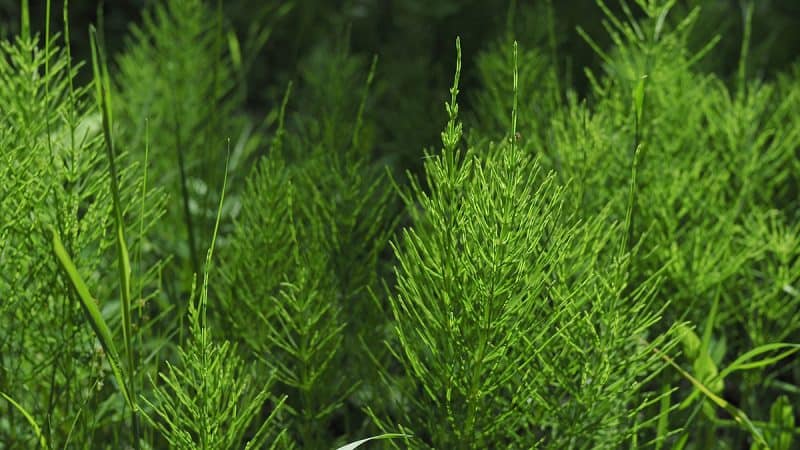
Honestly, as long as you keep the soil damp, that’s pretty much all the care this plant needs. It doesn’t just thrive when neglected: it basically takes care of itself.
If you plant yours in an area where water runoff keeps its soil wet, you can just ignore it until you’re ready to harvest it. Just do some research to determine which species you’re growing so you have a solid idea as to its individual constituents, benefits, etc.
Note that horsetail is very, very invasive. If you’re planting it right in the earth rather than pots, expect it to keep coming back indefinitely. It’s considered a non-flowering, evergreen perennial, and once established it’ll spread out prolifically.
This plant spreads out via rhizomes and spores. This means that you can’t just cut it down before seed time in the hope that it’ll stop reproducing. It’s native to everywhere on the planet except Antarctica and can easily take over an entire area within a couple of years. Fortunately, it’s easy to pull out of the soil, so you can keep it corralled to an extent.
As for potential pest issues… horsetail really doesn’t suffer from any pest or predator problems! Animals don’t like to eat it, and neither do insects.
Land and Household Uses
In terms of horsetail’s benefits for your land, it’s actually quite multi-purpose. This plant is rich in silica and other essential nutrients, which it releases into the soil around it quite enthusiastically. If you grow large swaths of it, mow it down when it’s about six to eight inches high. Leave the clippings where they are as a natural mulch, and they’ll nourish the soil beneath them.
Additionally, horsetails’ chemical constituents make it a natural fungicide. Put handfuls of it through a blender with some water, and let it steep for about an hour. Then transfer the liquid to a spray bottle and use it to hose down any plants suffering from mildew or fungal issues. Repeat this process a couple of times a day until the fungus disappears.
In terms of household uses, some of horsetail’s colloquial names give hints as to how it can be used. For example, one of its common names is “scouring rush”. This plant’s stems are coated with some delightfully abrasive silicates. People discovered this abrasive quality centuries ago and used handfuls of horsetail stalks to scour pots, pans, cups, and the like.
You can get tin items especially sparkly when you scour them with this plant—a trait seen in the German name for it: Zinnkraut (“tin herb”). You can also put this abrasive quality to good use by boiling and drying the stems, then using them in lieu of sandpaper for handmade wooden items.
Edible and Medicinal Qualities
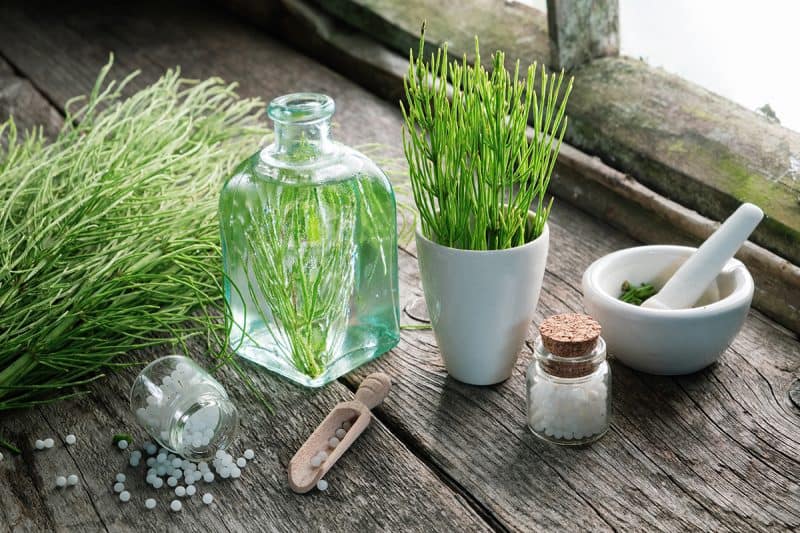
This herb is used as a diuretic to alleviate water retention, especially when combined with dandelion leaves. In fact, it’s been used for edema and other water retention issues for thousands of years.
In addition to its diuretic properties, horsetail is effective for treating osteoporosis. This is a condition in which bone tissue becomes porous and thinner over time, eventually causing the bones to become brittle. It’s particularly common in post-menopausal women.
Horsetail’s high silica content is incredibly beneficial for bone formation. Taking it in tea or tincture form can help bones regenerate.
This study, which was published in the Indian Journal of Pharmacology in 2016, found that horsetail works amazingly well with calcium and vitamin D to create new bone formation. Furthermore, it accelerates the mineralization of the bone matrix and can help strengthen and heal teeth as well.
Dosage is generally a cup of horsetail tea first thing in the morning, and once again at night. Just note that horsetail shouldn’t be taken over long periods of time. This is because it can decrease your body’s potassium and vitamin B1 levels. Additionally, pregnant and breastfeeding women should consult their healthcare practitioner before taking it.
Those suffering from diabetes or kidney disease should avoid horsetail. This herb also contraindicates with alcohol and tobacco consumption, so again, consult your healthcare provider before taking it if you drink or smoke regularly. As with all medicines, do proper research before taking anything: your health is your responsibility, so it’s important to educate yourself on all the details.

